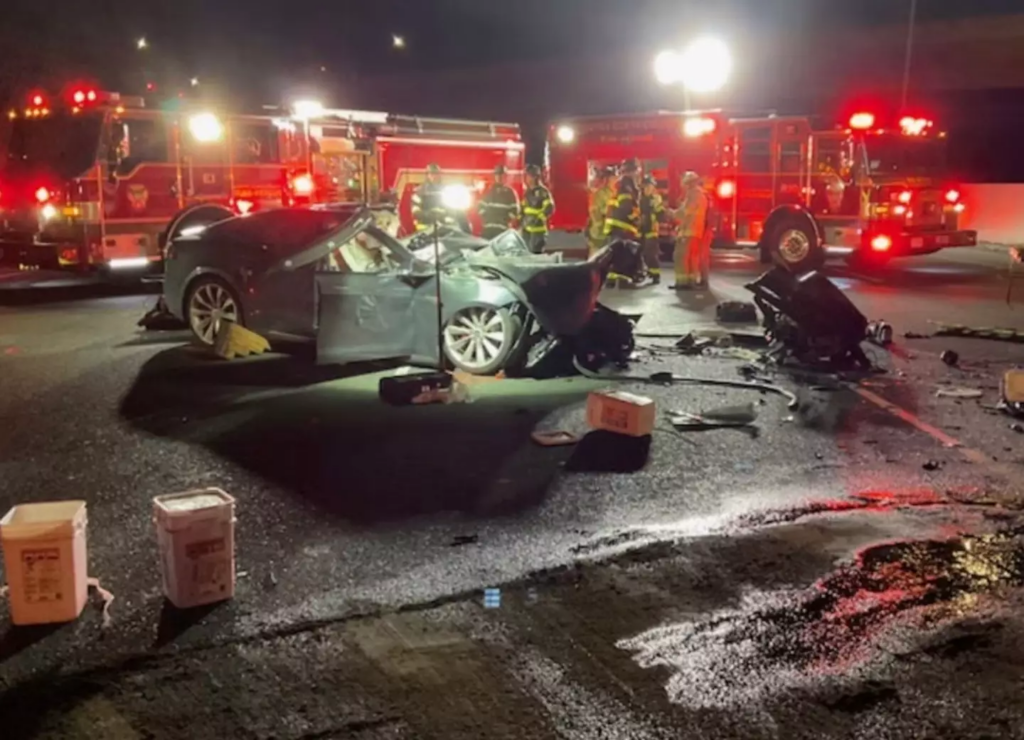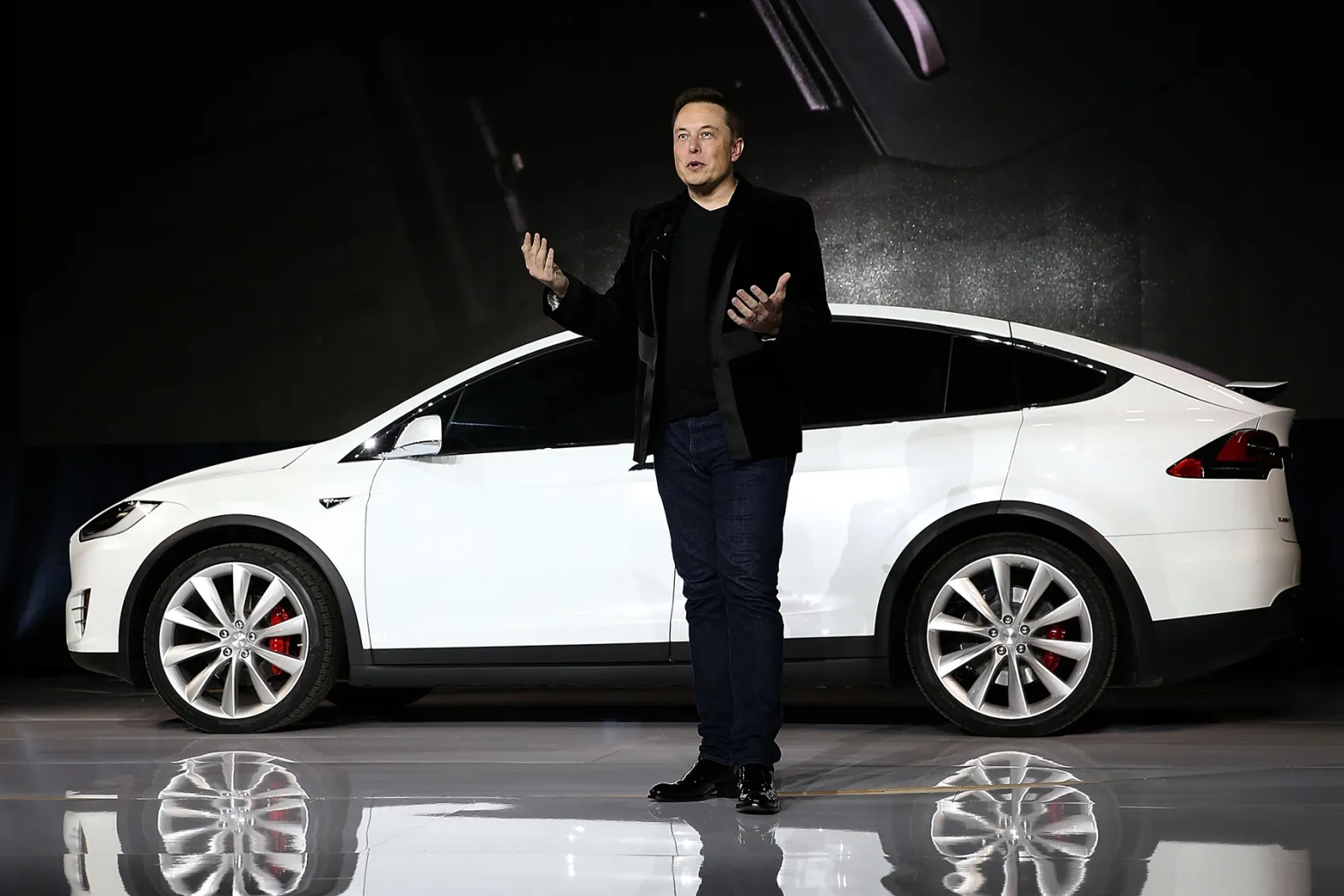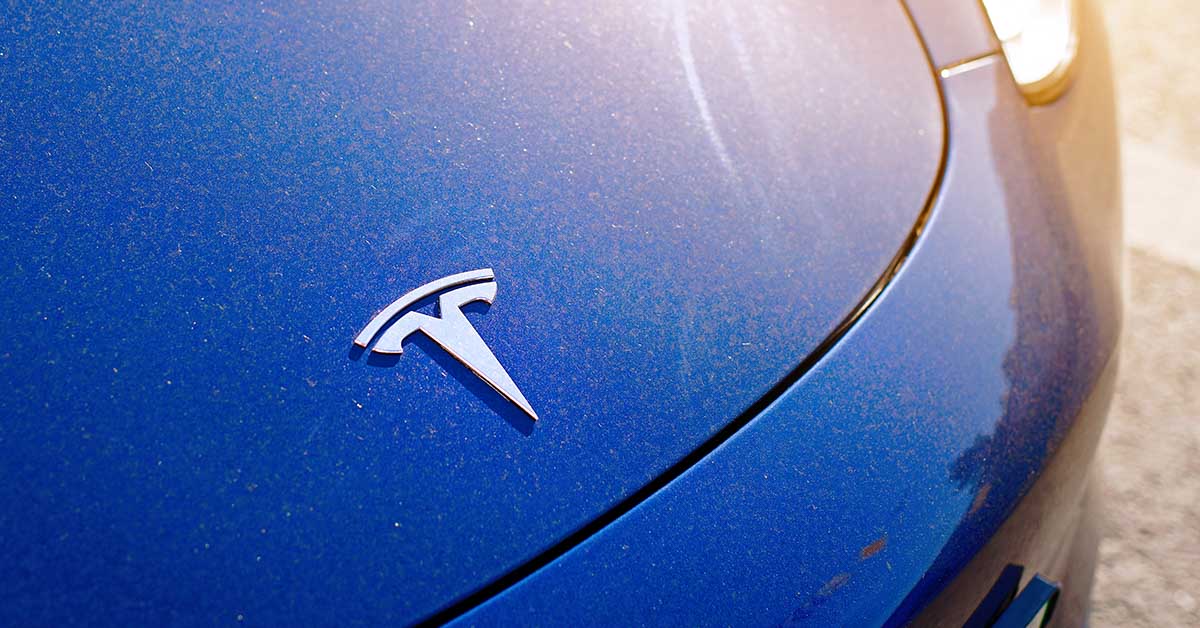A California family has filed a lawsuit against Tesla and CEO Elon Musk following the death of 31-year-old Genesis Giovanni Mendoza Martinez in a crash involving Tesla’s autopilot feature. The February 18, 2023, incident has reignited concerns over the safety of Tesla’s autonomous driving technology.
Mendoza, who relied on Tesla’s marketing claims about its self-driving feature, died when his car collided with a firetruck. His family, alongside an attorney, is holding Tesla accountable for what they describe as a hazardous and “ill-equipped” feature unfit for public roads.
The crash occurred with Mendoza’s Tesla in autopilot mode for 12 minutes, traveling at an average speed of 71 mph before hitting a stationary firetruck on the highway. Mendoza was killed, and his brother Caleb, also in the car, sustained injuries. Additionally, four firefighters at the scene were hurt.

Attorney Brett Schreiber called the event “entirely preventable,” accusing Tesla of using public roads as testing grounds for its technology, risking lives in the process. The lawsuit points to the autopilot’s failure to detect and respond to the firetruck, exposing critical system flaws.
Tesla’s Defense and Counterarguments
Tesla disputes the allegations, suggesting Mendoza’s actions may have contributed to the crash. In court, Tesla argued its vehicles are “reasonably safe” under applicable state laws and that no additional warnings could have prevented the incident. Tesla’s legal team asserts that the autopilot system is not solely to blame.
Critics, including the family’s legal team, argue Tesla’s marketing has consistently exaggerated the capabilities of its self-driving technology, leading to over-reliance by drivers.
A History of Autopilot Concerns
Tesla’s autopilot has faced scrutiny in the past. Between 2015 and 2022, over 1,000 crashes were linked to the feature, alongside more than 1,500 complaints about sudden, unintended braking.
“Tesla has a troubling pattern of incidents tied to its self-driving technology,” said Schreiber. “Despite being marketed as safer than human drivers, evidence shows it is not yet ready for widespread use.”
Tesla maintains that, when used properly, its autonomous features improve overall road safety.

Elon Musk’s Role in Promoting Autopilot
The lawsuit directly implicates Elon Musk, citing his promotion of Tesla’s autopilot as revolutionary and safer than human drivers. The family claims Mendoza was persuaded by Musk’s assurances that the technology could “safely navigate public highways autonomously.”
“Giovanni believed Musk’s statements were true,” Schreiber stated. “He trusted the system with his life, and that trust cost him everything.”
Musk has frequently touted Tesla’s self-driving capabilities, claiming they surpass human drivers. Critics argue these ambitious claims have fostered unrealistic expectations and, in cases like Mendoza’s, tragic outcomes.
Government Criticism of Tesla’s Technology
Tesla’s autopilot system has drawn increasing criticism from government officials and safety regulators. U.S. Transportation Secretary Pete Buttigieg has called for stricter oversight, stating, “Self-driving technology should prioritize public safety above all else. We cannot allow companies to treat our roads as a testing ground for unproven systems.”
Federal investigations into Tesla’s autopilot system are ongoing, examining whether the technology meets safety standards and whether Tesla has misled consumers about its capabilities.

The Broader Implications of Autonomous Driving
The lawsuit against Tesla raises broader questions about the readiness of autonomous driving technology for public use. While self-driving cars are seen as the future of transportation, incidents like Mendoza’s highlight the dangers of rushing these systems to market.
“There’s a significant gap between the promises of self-driving technology and the reality on the roads,” said Sarah Klein, a transportation safety expert. “Stricter testing protocols and greater public awareness of these systems’ limitations are needed.”
The Mendoza family’s case could set a precedent for holding companies accountable for the real-world performance of their autonomous features.
A Family’s Call for Accountability
For the Mendoza family, the lawsuit seeks justice for their son and aims to prevent similar tragedies. “Our loss is unimaginable,” they said in a statement. “We don’t want any other family to experience this pain.”
Schreiber echoed this sentiment, calling for Tesla to take responsibility for prioritizing profit over safety. “This case is about holding Tesla accountable for its technology,” he said.
The lawsuit seeks compensation for the family’s loss and demands changes to ensure Tesla’s autopilot system is safe for public use.
Slow down and move over when approaching emergency vehicles. Truck 1 was struck by a Tesla while blocking I-680 lanes from a previous accident. Driver pronounced dead on-scene; passenger was extricated & transported to hospital. Four firefighters also transported for evaluation. pic.twitter.com/YCGn8We1bK
— Con Fire PIO (@ContraCostaFire) February 18, 2023
The Ongoing Debate Over Self-Driving Cars
As the debate over autonomous vehicle safety intensifies, the Mendoza case serves as a stark reminder of what’s at stake. While self-driving technology promises to revolutionize transportation, its current flaws can lead to devastating outcomes.
“This tragedy underscores the need for transparency, rigorous testing, and regulatory oversight,” Klein said. “The promise of innovation should never come at the cost of human lives.”
The Mendoza family and their legal team are focused on seeking justice for Genesis, but their case may have far-reaching implications for the future of autonomous driving technology.

